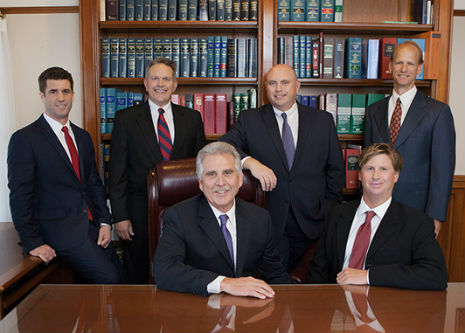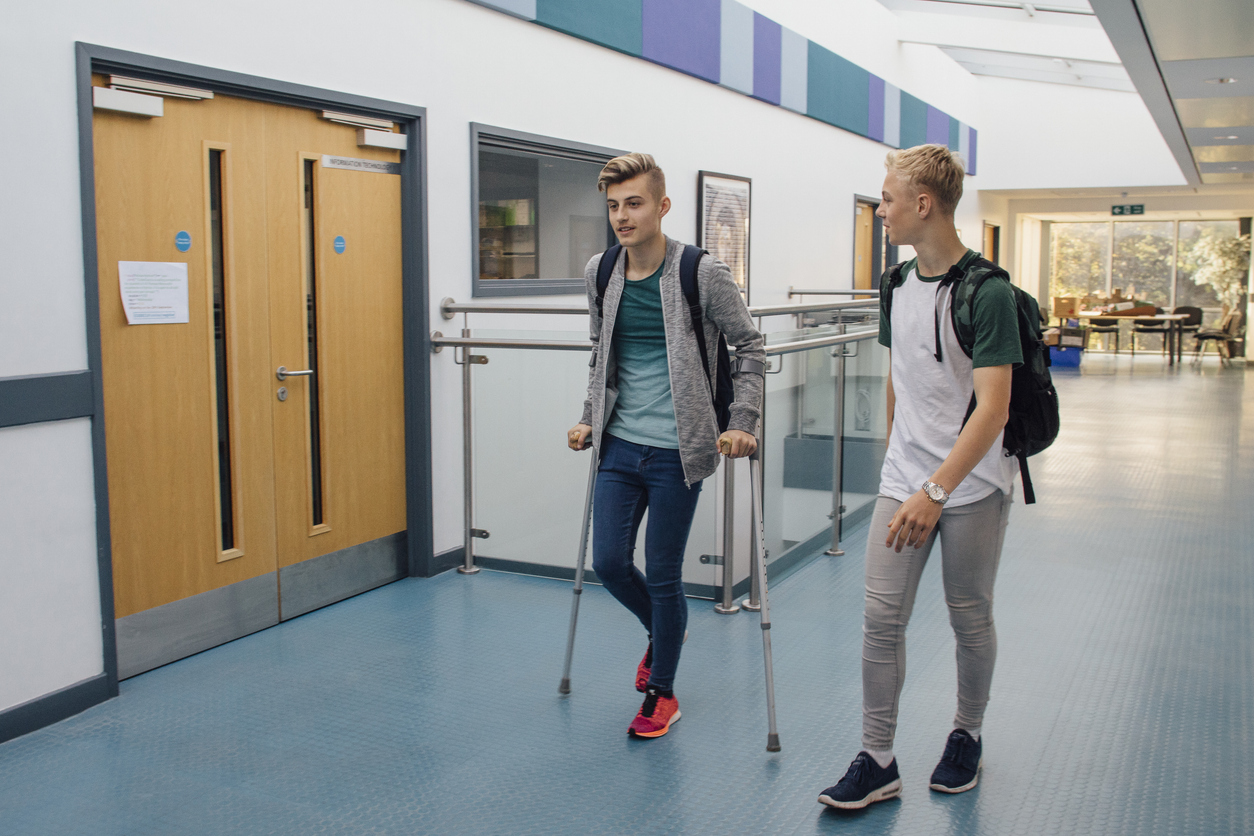A brain injury impedes your ability to do things you enjoy, develop fulfilling relationships with others, and even care for yourself without help. Brain injuries are classified as either traumatic (caused by trauma to the head and brain tissue) or non-traumatic (caused internally by a blood clot or tumor).
Regardless of the cause, many of the effects are the same:
- Compromised motor function
- Difficulty with speech or memory
- Changes in personality, like outbursts of anger and irritability, or engaging in risky behavior
- Limited independence
Sometimes the brain heals itself, and the victim is restored to their pre-accident facilities. Other times, the victim needs lifelong care and assistance. No two brain injuries are alike, but all injuries improve with focused, purposeful brain injury rehabilitation.
Brain injury rehabilitation offers the best chance of recovery
Structured rehabilitation provides the best chance for recovery from a brain injury, but recovery looks different for everyone.
The goal of brain injury rehabilitation is fivefold:
- Restoring function and independence
- Maximizing potential for recovery
- Preventing secondary complications
- Enhancing quality of life
- Reducing long-term healthcare costs
Many people require professional caregiver services as they recover from a brain injury. Some families may be thrust into a caregiver role, while others may opt for a home health care nurse to provide personal care and therapy services.
If the brain injury is severe enough or results in cognitive decline, they may need to move into a dedicated memory care facility, which is a residential care home staffed 24-7 with nurses trained to care for people with compromised brain function.
Even if a brain injury victim has permanently changed abilities, therapy still offers the best chance for more independence and a better quality of life.
Types of rehabilitation services for brain injuries
The goal of brain injury rehabilitation is to relearn function. Because the brain is responsible for all bodily functions, therapy must address each of the brain’s primary jobs. It typically starts in an acute care facility or hospital, then, as the patient improves, therapy may be done in the home on an outpatient basis.
Physical therapy
Physical therapy improves the patient’s strength, balance, and coordination. Brain injury victims are susceptible to falls due to poor balance. Damage to the neurons reduces the brain’s ability to direct major and minor motor functions. Daily structured movement and prescribed physical activity restore physical communication between the brain and body.
Occupational therapy
Occupational therapy addresses re-learning the activities of daily living. This includes dressing and grooming, showering and using the bathroom, and eating or preparing a meal.
Speech and language therapy
Injuries to the left side of the brain impact language, speech, and communication. A speech therapist may teach the patient how to learn to speak again. Left brain injuries also impact the patient’s ability to understand the words they hear. General language therapy helps patients re-learn vocabulary and syntax, improving their communication ability.
Cognitive therapy
Injuries to the right side of the brain result in difficulty with memory, reasoning, and attention. Cognitive therapy aims to strengthen the patient’s reasoning abilities and focused exercises to improve memory.
Psychosocial support
Not all brain injury rehabilitation is done under the structured guidance of a therapist. The support of friends and family as the patient recovers is necessary to motivate them and ensure they comply with “homework” tasks or practice assigned by the therapy team. Frustration at their compromised abilities is common; understanding and patience from the patient’s family can help redirect the patient and calm frustrations.
What factors affect the outcome of brain injury rehabilitation?
The extent of the victim’s injury usually indicates how successful brain injury rehabilitation will be. Head trauma is classed as mild, moderate, and severe. Mild trauma usually means a full or near-full recovery. Severe brain trauma usually doesn’t.
The quality of care a person receives after a brain injury also determines their outcome. Poor-quality care and inconsistent follow-up yields less positive results than good quality, dedicated rehabilitation and support from the victim’s family.
Challenges and limitations of brain injury rehabilitation
Brain injury rehabilitation may be challenging for even the mildest injury; the more severe the brain damage, the more challenging recovery is.
Other limitations for recovery include:
- Access to quality care
- Onset of depression (common in brain injury victims) that impedes progress
- Compromised sensory facilities
Has someone you love suffered a traumatic brain injury?
Brain injury rehabilitation costs easily run into tens of thousands of dollars, especially for people who will need lifelong treatment in a memory care facility. The party liable for your loved one’s accident should be the one responsible for paying their medical care and group housing costs.
We help California families just like yours file a suit for compensation. Contact Ernst Law Group today at (805) 541-0300 for a free consultation with a skilled California traumatic brain injury lawyer.




